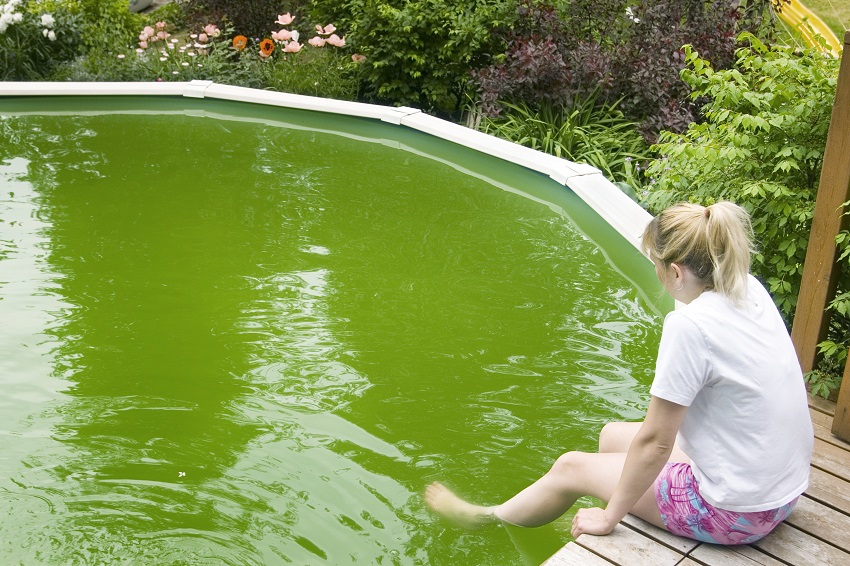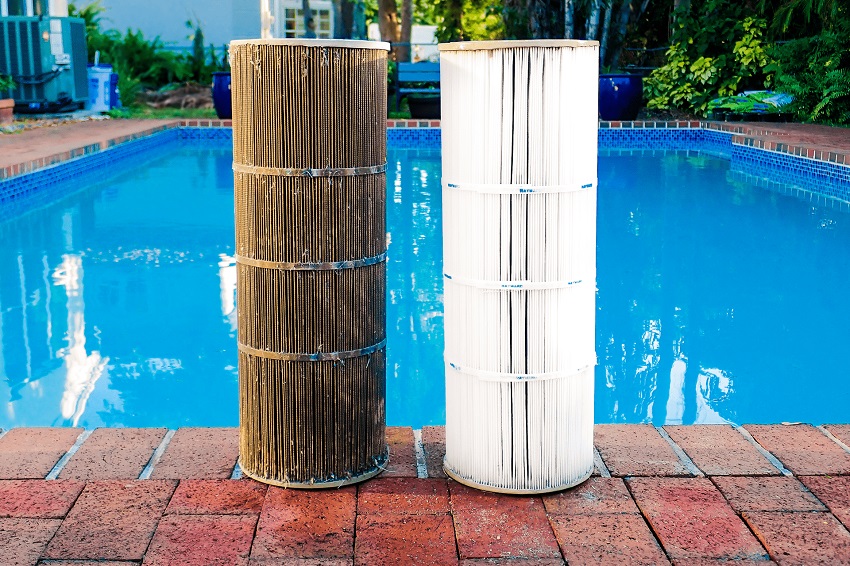Having a green pool can be frustrating and uninviting, especially when you’re looking forward to a refreshing swim. However, there’s no need to worry because you can quickly clear your green pool water and get it back to its crystal-clear state with the right knowledge and approach. In this article, we will guide you through the process step by step, providing effective tips on how to clear green pool water fast.
Before diving into the solution, it’s essential to understand what causes pool water to turn green. Green pool water is usually a result of algae growth. Algae thrive in unbalanced water conditions, especially when there is an insufficient chlorine level or when pH and alkalinity are imbalanced. Addressing these underlying issues can effectively eliminate the green color and restore the water’s clarity.
Causes of Green Pool Water
There are several common causes of green pool water, including:
- Insufficient Chlorine Levels: Low chlorine levels allow algae to flourish in the pool water.
- Imbalanced pH and Alkalinity: Improper pH and alkalinity levels create an environment favorable for algae growth.
- Lack of Filtration and Circulation: Inadequate filtration and poor circulation can contribute to the growth of algae.
- Environmental Factors: Leaves, debris, and other organic matter can provide nutrients for algae, leading to green water.
Testing the Water
To effectively treat your green pool water, it’s crucial to test its chemistry. You can use a pool testing kit to measure the following parameters:
- Free Chlorine: Ensure the free chlorine level is within the recommended range (usually 1-3 ppm).
- pH Level: The ideal pH range for pool water is between 7.2 and 7.6.
- Total Alkalinity: Aim for a total alkalinity level of 80-120 ppm.
- Cyanuric Acid (Stabilizer) Level: Verify that the cyanuric acid level is within the recommended range (usually 30-50 ppm).
Balancing the Chemicals
Once you have tested the water and identified any imbalances, it’s time to balance the chemicals. Follow these steps:
- Adjusting pH: If the pH level is too high, decrease pH (usually muriatic acid) as directed. If the pH level is too low, add a pH increaser (usually soda ash) accordingly.
- Adjusting Alkalinity: If the total alkalinity is low, add an alkalinity increaser (sodium bicarbonate). Use an alkalinity decreaser (usually muriatic acid) if it’s high.
- Stabilizing Chlorine: If the cyanuric acid level is low, add a stabilizer (cyanuric acid) to help maintain chlorine levels.
- Shocking the Pool: To kill existing algae and restore chlorine levels, shock the pool using a chlorine-based shock treatment.
Shocking the Pool
Shocking the pool is a critical step in eliminating green pool water. Follow these guidelines:
- Choose the Right Shock Treatment: Select a chlorine-based shock treatment suitable for your pool size and type.
- Follow the Manufacturer’s Instructions: Read and follow the instructions on the shock treatment packaging carefully.
- Dilute and Disperse: Dissolve the shock treatment in a bucket of water and distribute it evenly across the pool surface.
Cleaning the Pool Filter
A clean and properly functioning pool filter is essential for removing debris and maintaining clear water. Here’s what you need to do:
- Backwash or Clean the Filter: If you have a sand or DE (diatomaceous earth) filter, backwash it to remove trapped debris. If you have a cartridge filter, remove and clean the cartridges.
- Regular Maintenance: Follow the manufacturer’s guidelines for regular filter maintenance to ensure optimal performance.
Brushing and Skimming
Brushing and skimming your pool is crucial for removing visible algae and debris. Follow these steps:
- Brush the Pool Walls and Floor: Use a pool brush to scrub the walls and floor, focusing on areas with visible algae growth.
- Skim the Surface: Using a pool skimmer net, removes leaves, insects, and other floating debris.
Monitoring and Maintenance
To prevent future occurrences of green pool water, regular monitoring and maintenance are essential. Consider the following tips:
- Maintain Proper Chlorine Levels: Regularly test and adjust chlorine levels to prevent algae growth.
- Check pH and Alkalinity: Monitor pH and alkalinity levels weekly and adjust as needed.
- Clean the Pool Regularly: Skim the pool surface, brush the walls and floor, and clean the filter regularly.
- Maintain Proper Circulation: Run the pool pump and filter for the recommended duration each day to ensure proper water circulation.
Prevention is Key
Preventing green pool water is easier than dealing with it. Here are some preventive measures to keep your pool water clear:
- Regular Maintenance: Follow a consistent pool maintenance routine, including testing water chemistry, balancing chemicals, and cleaning the pool.
- Proper Filtration: Ensure your pool filter is clean and functioning correctly to remove debris and maintain clear water.
- Circulation and Water Movement: Use pool pumps and adjust return jets to promote proper water circulation.
- Cover the Pool: Consider using a pool cover when the pool is not in use to prevent debris from entering the water.
Conclusion
Are you struggling with green pool water and looking for a quick solution? Here’s how to clear green pool water fast: start by addressing the underlying issues causing algae growth and restoring proper water chemistry. Test and balance the chemicals, shock the pool, clean the filter, and maintain regular maintenance. By staying proactive in your pool care routine, you can prevent future green water problems. With these tips, you can quickly transform your green pool into a sparkling oasis.





